Create a naturalistic garden using biennial wildflowers
Beth was known at Chelsea not only for her naturalistic planting style, but her choice of ‘natural’ plants - species plants rather than cultivars - notably those plants that the RHS at that time didn’t consider to be garden worthy; wildflowers like foxgloves and mulleins. Opinions and priorities in plant choice have shifted and now they have become much-loved, not only for their appearance but because they are an excellent source of pollen for insects.
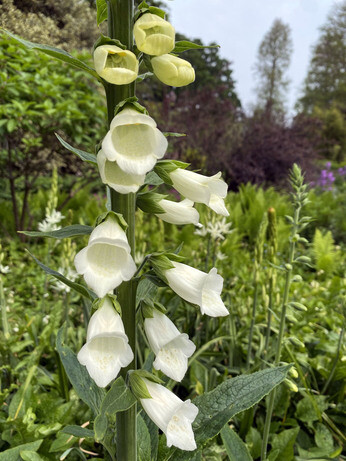
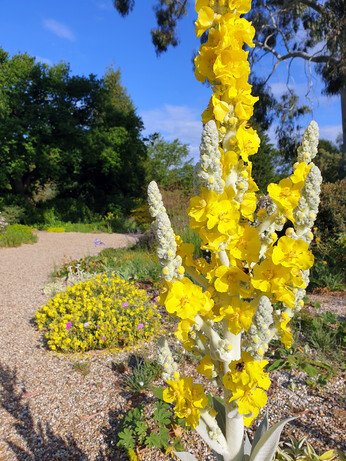
Giant Mullein, Verbascum bombyciferum
Foxgloves and mulleins
Beth enjoyed using both of these biennial wildflowers for the tall flower spikes they produce that punctuate the border, contrasting with the rounded shapes made by other plants. She would let them self-seed and then take out the seedlings where she didn’t want them, a process she referred to as editing. A biennial is a plant that flowers, produces seed, then dies. Its seed often germinates in late summer or autumn, its seedlings over-winter, and then flower the following year, or sometimes the year after. They produce a lot of seed and so there are usually plenty of seedlings to choose whether to keep or not.
Unlike at Great Dixter, owned and gardened by Beth’s friend and correspondent Christopher Lloyd, we don’t lift and replant seedlings to fit in with a design. We take many out and leave the rest to grow only where we want them, relying on happy accidents and a good eye, so each year the borders look quite different. Some years there are lots, sometimes just a few of each plant, depending on who edited them that year. Also, by not moving a seedling and disturbing its roots, the plants can reach much bigger proportions, growing much taller than those which have had their growing interrupted.
Plant association
One guideline Beth used when choosing plants for a particular area was plant association. She felt that plants that enjoyed the same growing conditions naturally looked right together. The giant silver mullein in the Gravel Garden, Verbascum bombyciferum, is a native of Turkey, and likes the free-draining soil and open, bright conditions that all the plants in this part of the garden prefer. Its giant silver rosettes produced in the first year go well with the other silvery and glaucous-leaved plants in the Gravel Garden, plants like Stachys byzantina, Euphorbia seguieriana, and the grass Poa labillardierei. We also have a few growing on the Mediterranean slope beside the house, and at the top of the Reservoir Garden. But if a seedling mullien appears in the Water Garden, we take it out however happily it’s growing, as the plants that grow there need to associate with wet conditions to look right.
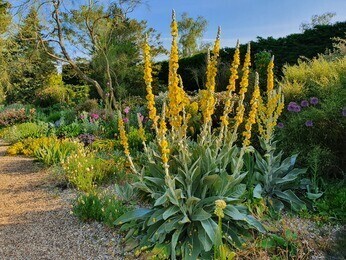
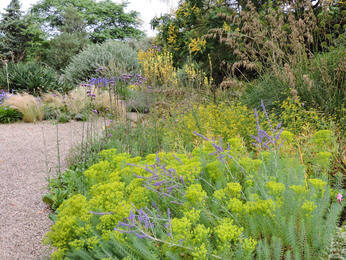
Growing in the Water Garden is the white foxglove, Digitalis purpurea f. albiflora. It’s a European native of woodland edges and glades, preferring bright conditions but richer, damper soils than the Gravel Garden offers. Any Digitalis purpurea seedlings found in the Gravel Garden are weeded out, for the same reason of plant association. However, foxgloves grow well in the clay soil of the Reservoir Garden, which is a crossover point for both the foxgloves and the giant mullein.
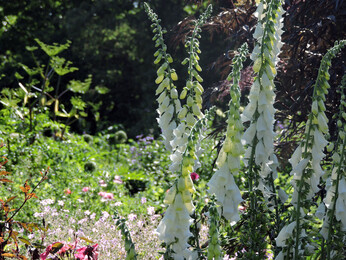
Beth liked the white foxgloves for the way their tall spires light up the borders at this time of year. We’re able to keep them white by removing the pink foxgloves before they can flower, identifying their colour by looking at the leaf base. Those that have a purplish tint on the leaf stalk are likely to be pink. If we didn’t take the pink ones away before the pollinators started to go from flower to flower, within a few years they would take over from the white ones, as the pink flower is the species, the white being a naturally occurring form of this.

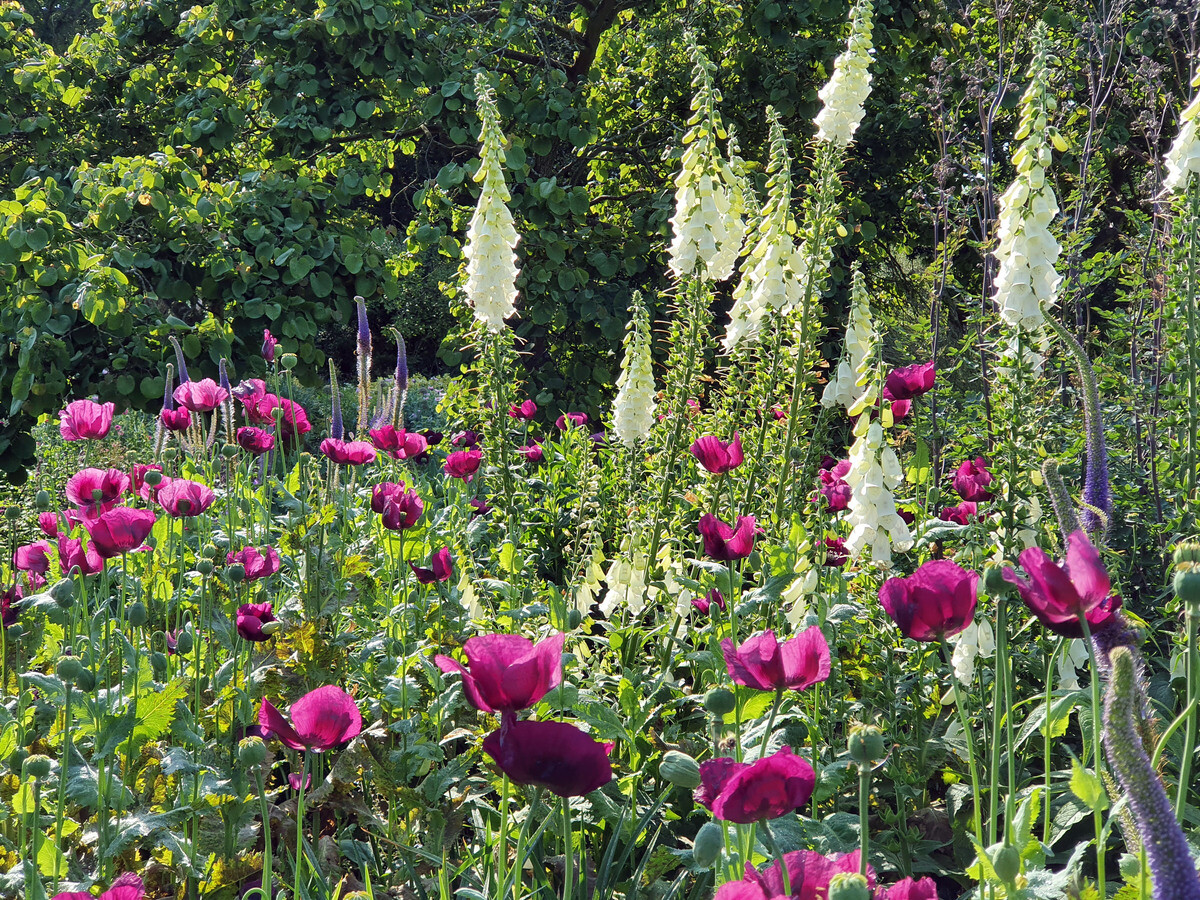

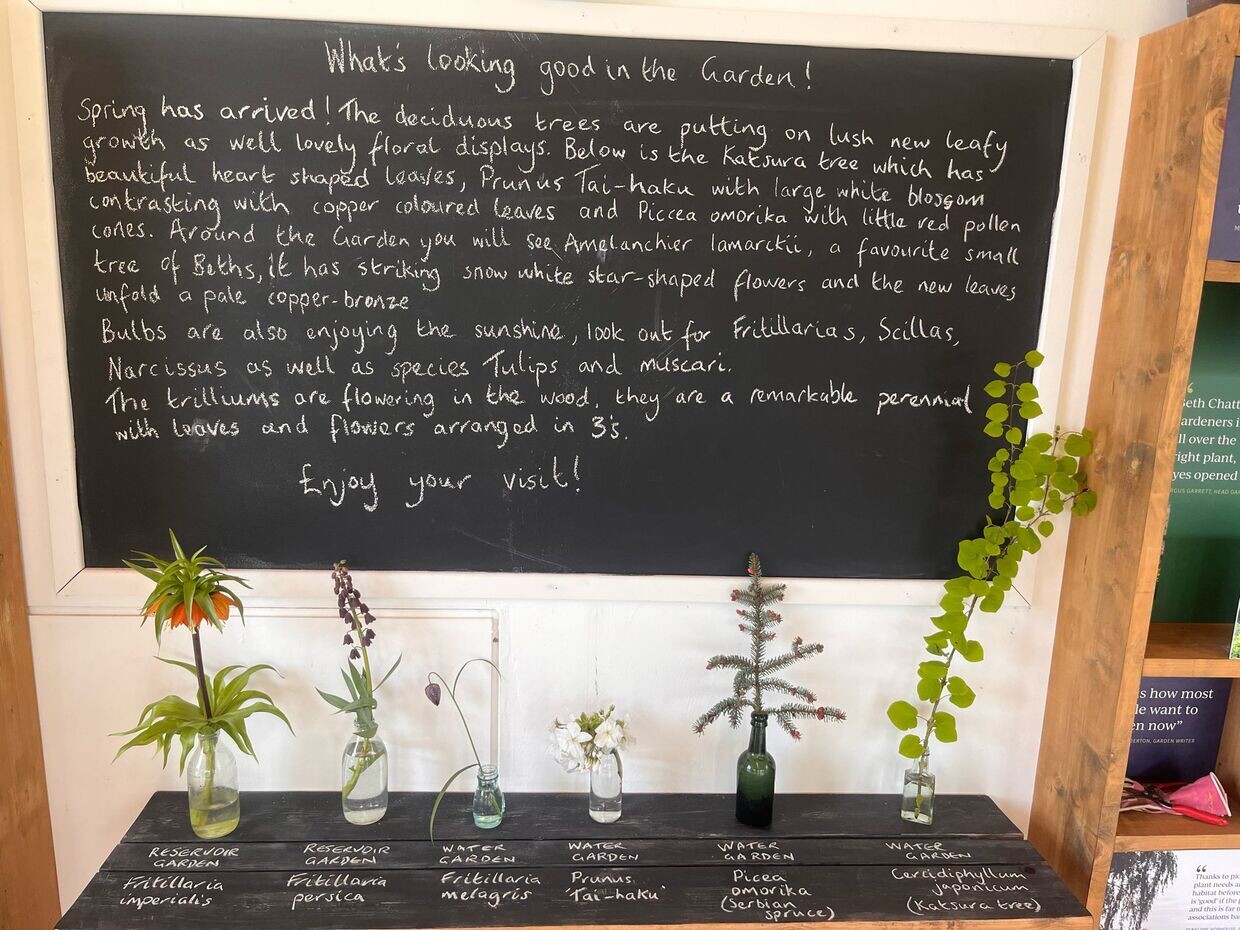
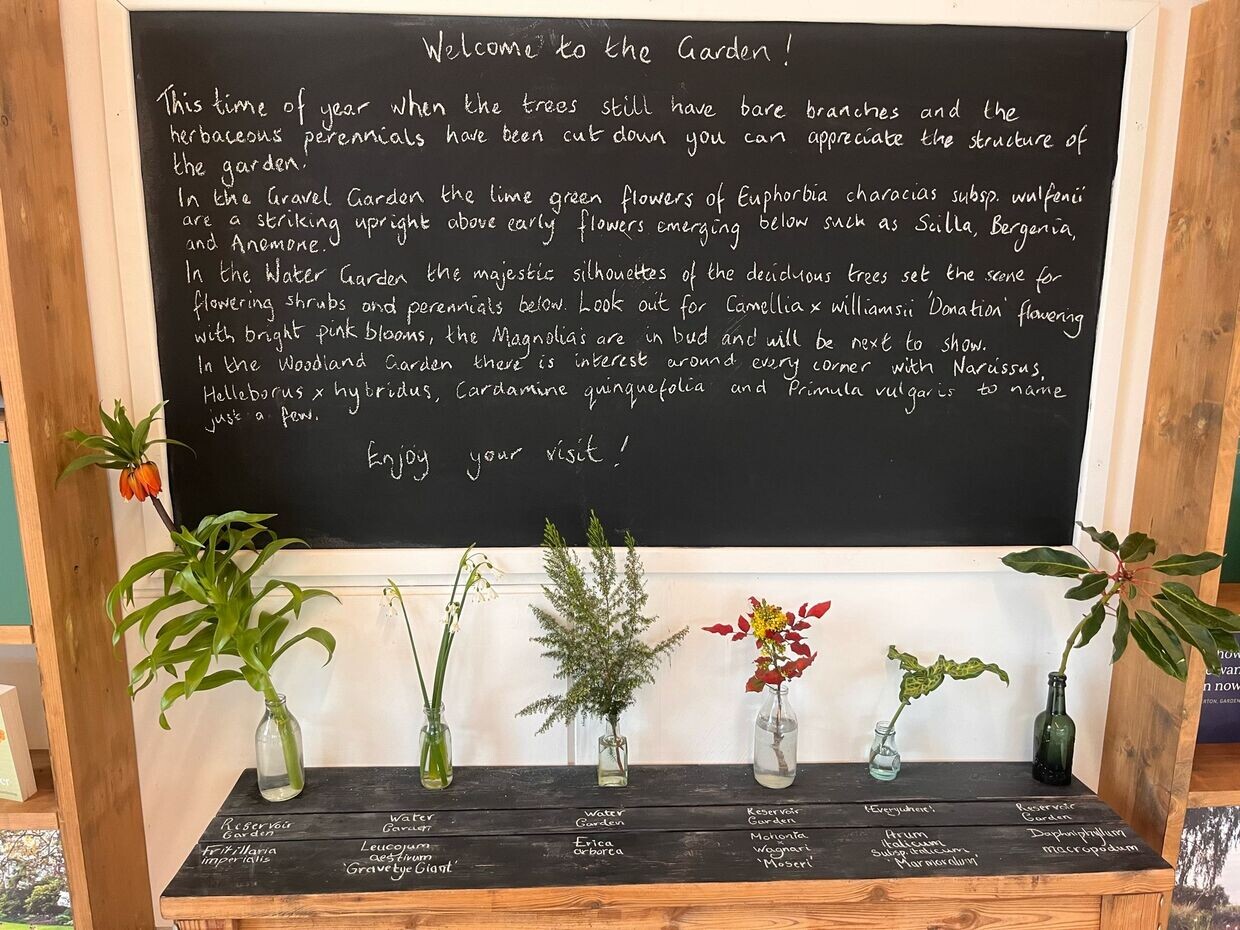
Comments